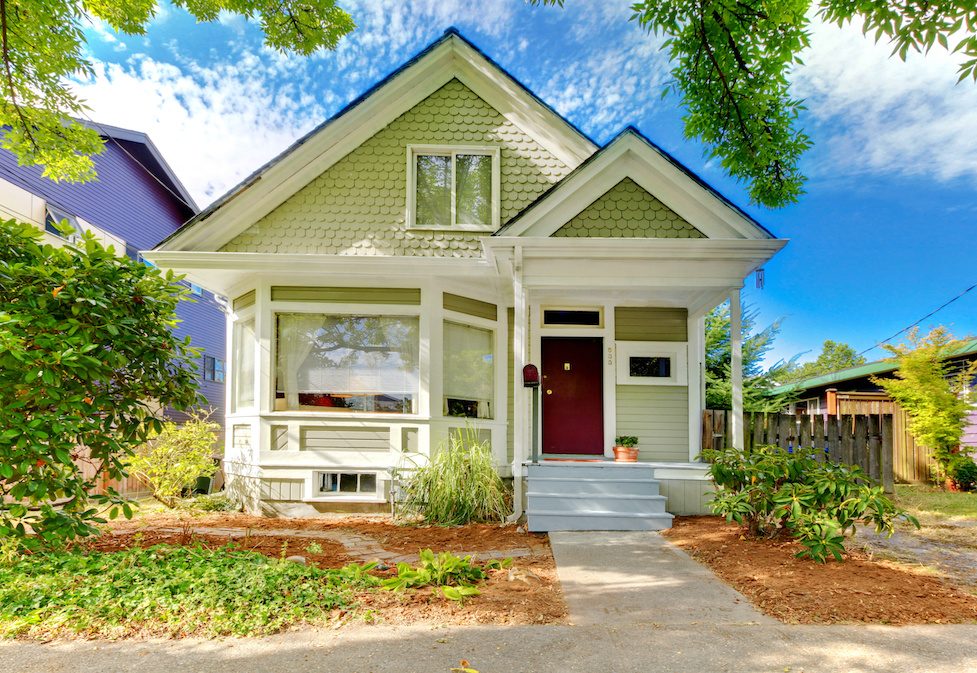The Federal Housing Finance Company (FHFA) introduced on Wednesday that its single-family and multifamily reasonably priced housing targets for Fannie Mae and Freddie Mac will stay unchanged from these set in 2018-2020. Nonetheless, not like earlier targets set for a three-year interval, the FHFA introduced the benchmarks for 2021 solely, citing financial uncertainty from the COVID-19 pandemic.
The reasonably priced housing targets for single-family are: 24% of mortgages bought by the GSEs have to be for low-income debtors, and the low-income refinancing objective is 21%. The targets require 14% of mortgages to be for houses in low-income areas, and 6% of mortgages have to be for very-low-income debtors.
For multifamily lending, 315,000 rental items financed have to be reasonably priced to low-income households, and 60,000 items have to be at “very low revenue” degree, the discharge stated.
The federal government company first proposed the rule on the finish of July 2020, and obtained various evaluations from trade giants throughout the open remark interval.
The Mortgage Bankers Affiliation expressed help for the reasonably priced housing targets, and the timeline outlined by FHFA.
“Permitting a further yr to gather information and observe the trail of the market restoration will present a greater image of the impression of the financial downturn on all shoppers, and significantly the impression on low- to very low-income debtors. MBA helps such an strategy by FHFA,” the MBA commented.
Each Fannie Mae and Freddie Mac applauded the choice to curtail the rule to at least one yr because the size and severity of the pandemic are nonetheless unsure.
“On this disrupted market and unsure time, Freddie Mac’s countercyclical position is important; we now have seen in monetary crises of the previous that very low- and low-income households are the primary to undergo when liquidity is constrained.”
In regard to the shortened timeframe, Freddie Mac stated the FHFA has beforehand acknowledged that it doesn’t intend for the GSEs to undertake uneconomic or high-risk actions in help of the targets.
It additionally stated the FHFA “believes sustaining sound underwriting self-discipline going ahead is necessary for conserving the Enterprises’ property and for supporting their mission in a way wherein the achievement of housing targets instantly pertains to precise market circumstances.”

The Nationwide Affiliation of Residence Builders additionally voiced it’s help of the one-year reasonably priced housing targets, however stated it’s involved the price of the versatile insurance policies may trigger the GSEs to cut back their mortgage purchases altogether.
“Present estimates of the prices are over $6 billion: $four billion as a consequence of forbearance defaults; $1 billion because of the foreclosures moratorium; and $1 billion in servicer compensation and different forbearance prices,” the NAHB commented. “It appears truthful to imagine these prices could rise since there is no such thing as a clear image of the size and impression of the continued coronavirus pandemic and what future measures could must be taken by FHFA.”
Some teams, although, didn’t really feel the reasonably priced housing benchmarks have been excessive sufficient.
In a joint letter headed by the Heart for Accountable Lending, and backed by eight different organizations together with the NAACP, Nationwide Housing Convention and Nationwide Truthful Housing Alliance, the coalition referred to as for a rise to the low-income buy objective to 27%. The teams imagine this needs to be the minimal in 2022 and 2023.
“As described intimately in our touch upon the 2018-2020 targets, the GSEs needs to be required to satisfy each the benchmark and the market metrics. Additionally, it needs to be famous that the GSEs’ personal insurance policies impede them from growing the targets and these insurance policies needs to be modified,” the organizations commented. “Lastly, FHFA ought to monitor the low-income areas house buy subgoal to make sure coverage aims are met and that the subgoal doesn’t facilitate displacement of lower-income households.”
The coalition additionally referred to as for larger transparency following the discharge of the FHFA guidelines. Beneath the Housing and Financial Restoration Act of 2008, the FHFA is required to ascertain annual housing targets for each enterprises. Nonetheless, the coalition requested the FHFA ought to embrace the GSEs’ progress in direction of assembly their 2020 benchmark targets, in addition to an evaluation of the goal-affected markets.
Alongside the reasonably priced housing targets launch on Wednesday, the FHFA introduced publishing an advance discover of proposed rulemaking (ANPR) looking for enter on points that FHFA could tackle in future housing targets rulemaking.
The FHFA plans to difficulty a proposed and ultimate rule in 2021 that can set up housing objective benchmarks for “2022 and past” and will likely be open to commentary as nicely.
Business leaders had beforehand weighed in on the way forward for reasonably priced housing in November following the announcement of President-elect Joe Biden, whose housing plan contains $100 billion towards an Reasonably priced Housing Fund.
“There’s a great alternative – whether or not in an infrastructure or stimulus package deal or different laws – for the incoming administration to make strides in addressing probably the most important points dealing with extraordinarily low-income households at the moment: the shortage of first rate, accessible, and reasonably priced housing,” stated Sarah Saadian, vp of public coverage for the Nationwide Low Revenue Housing Coalition.



